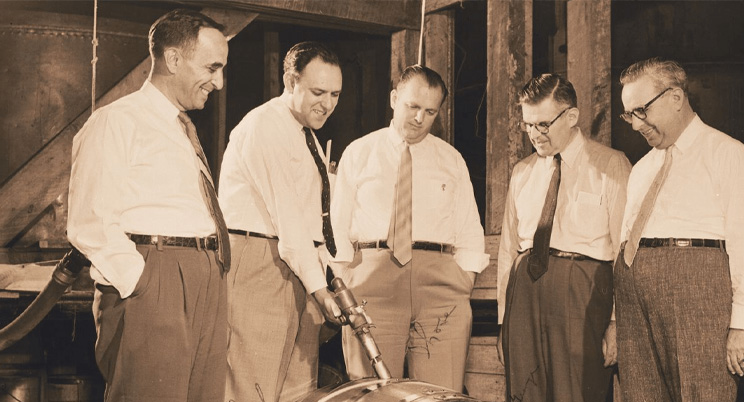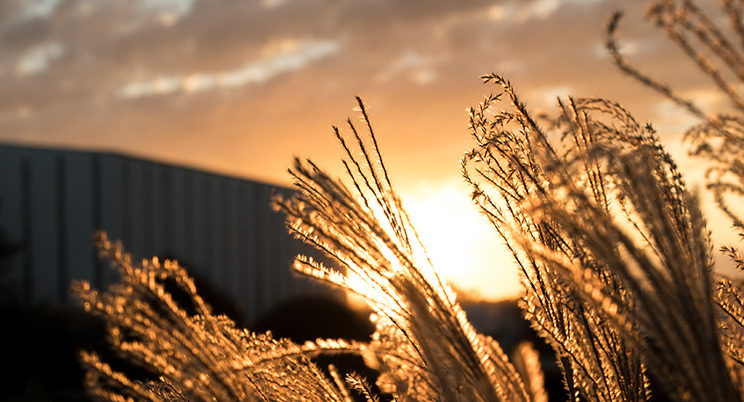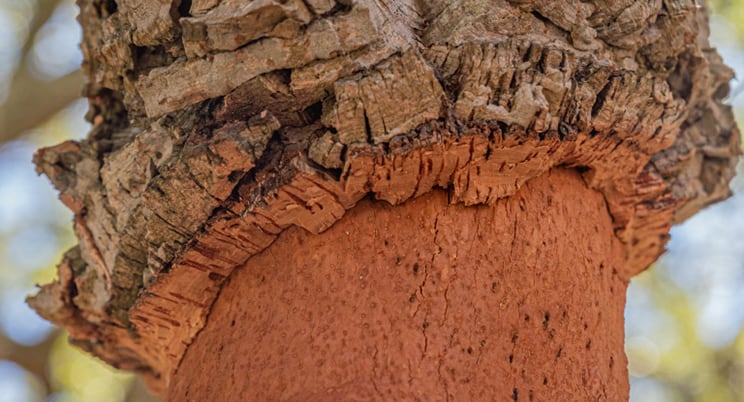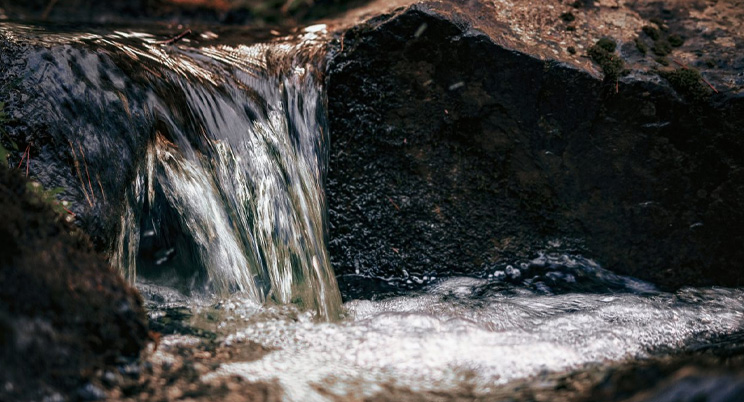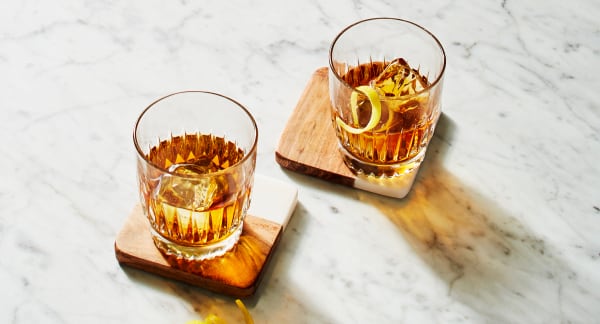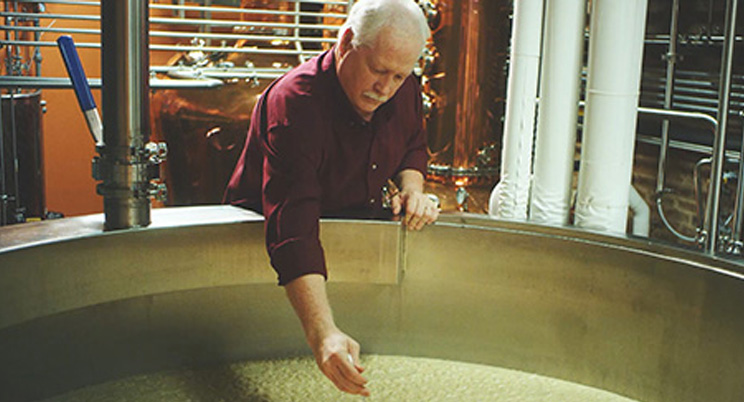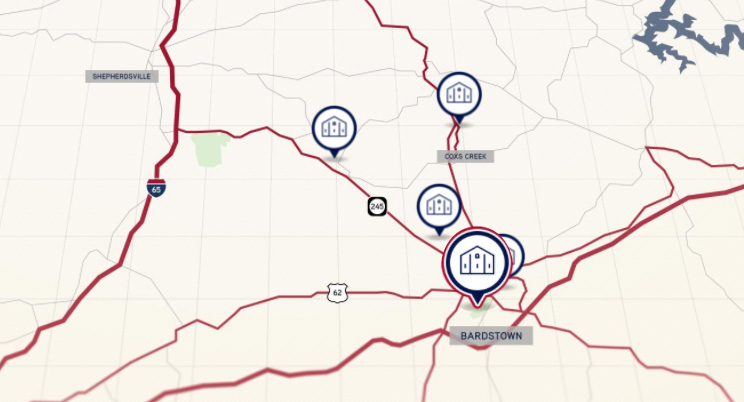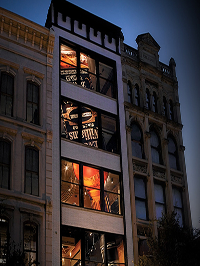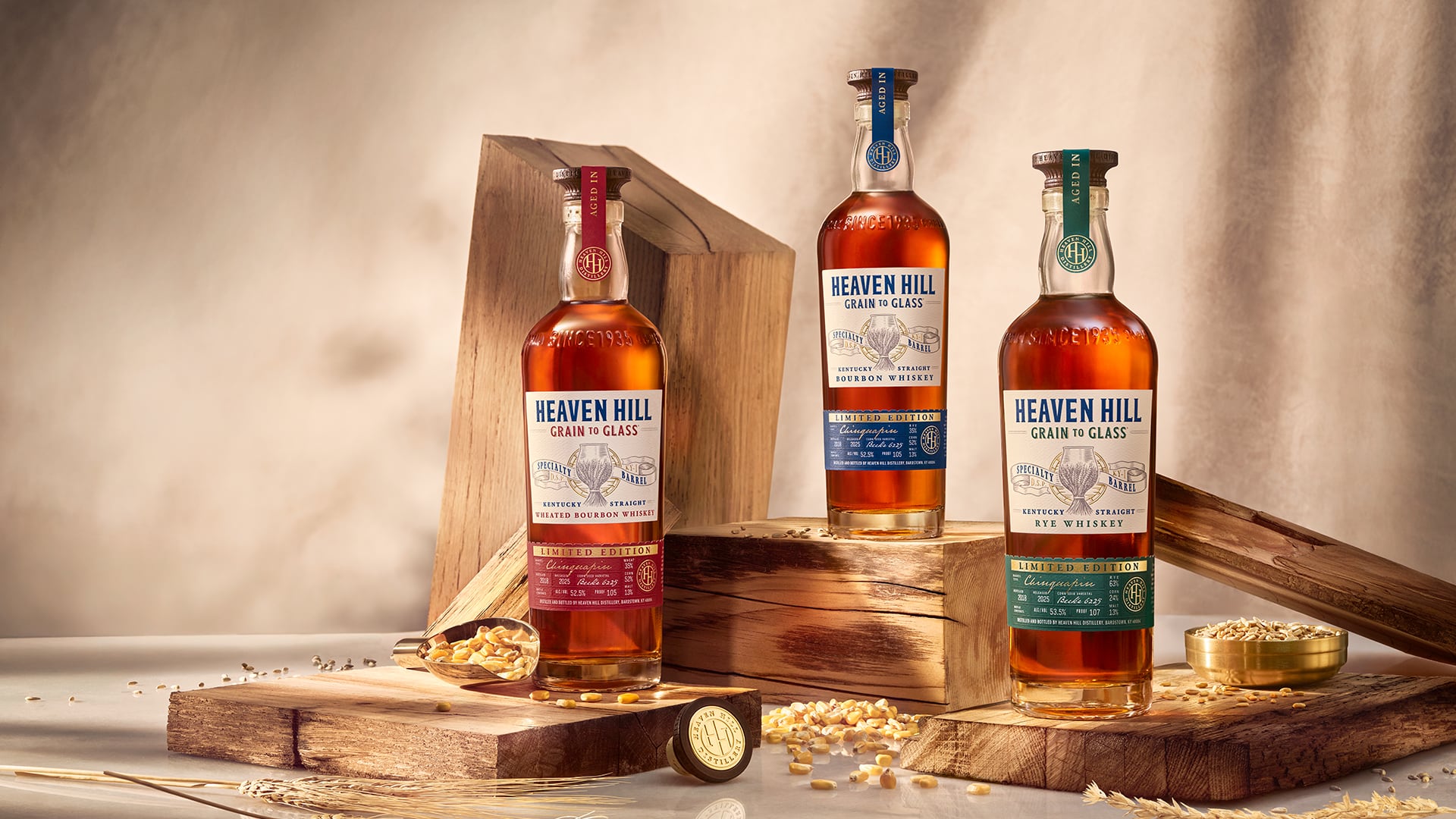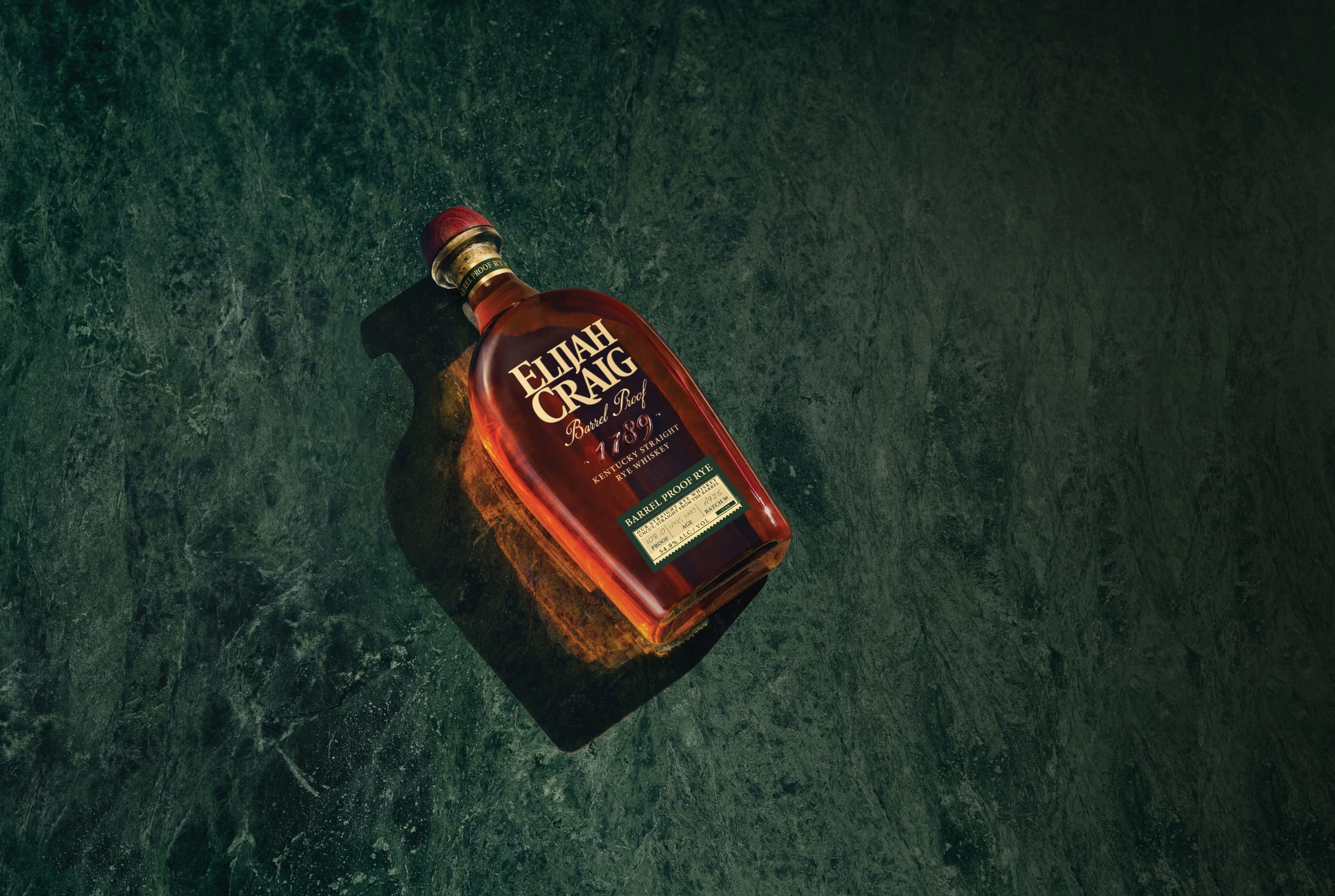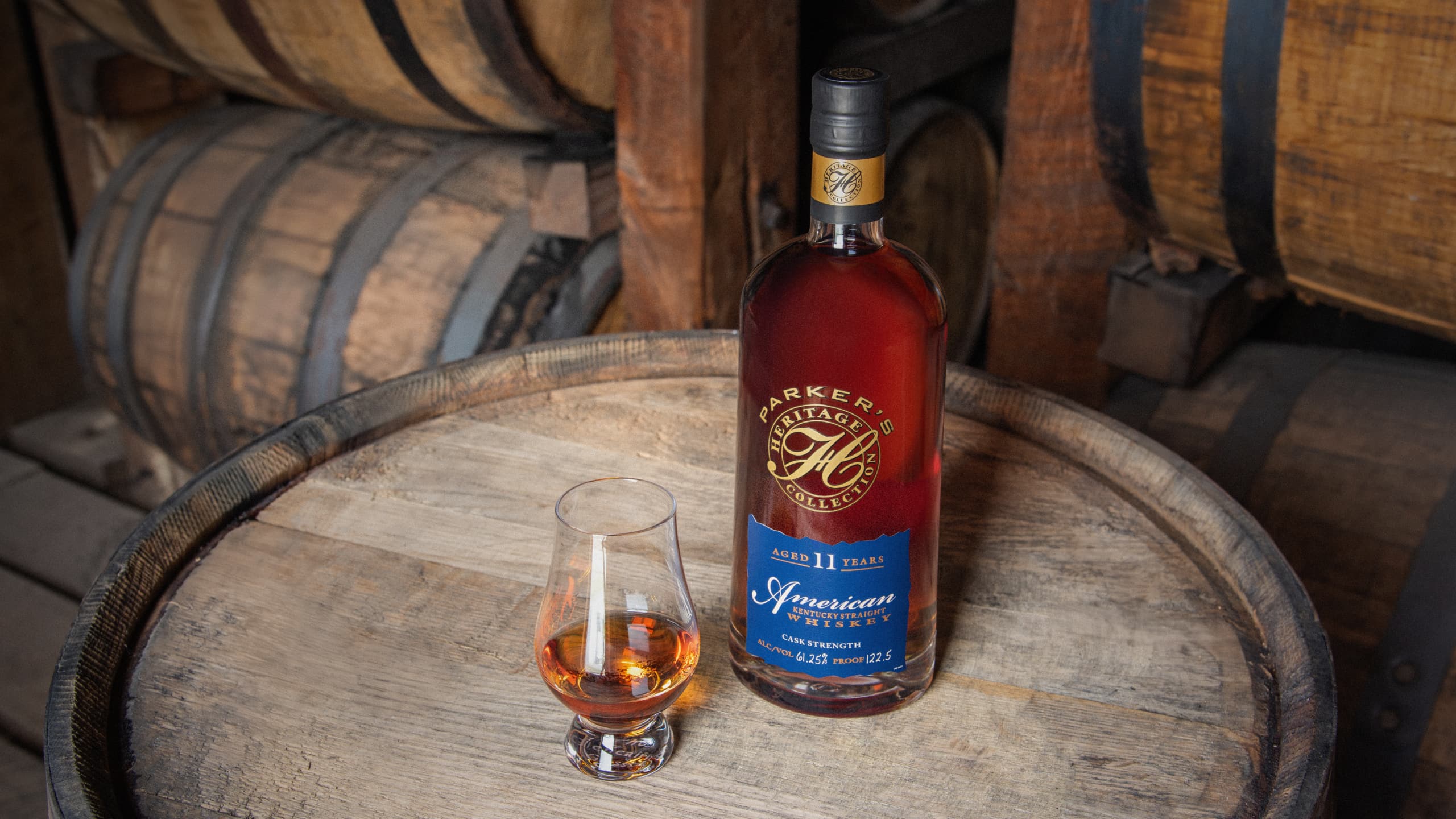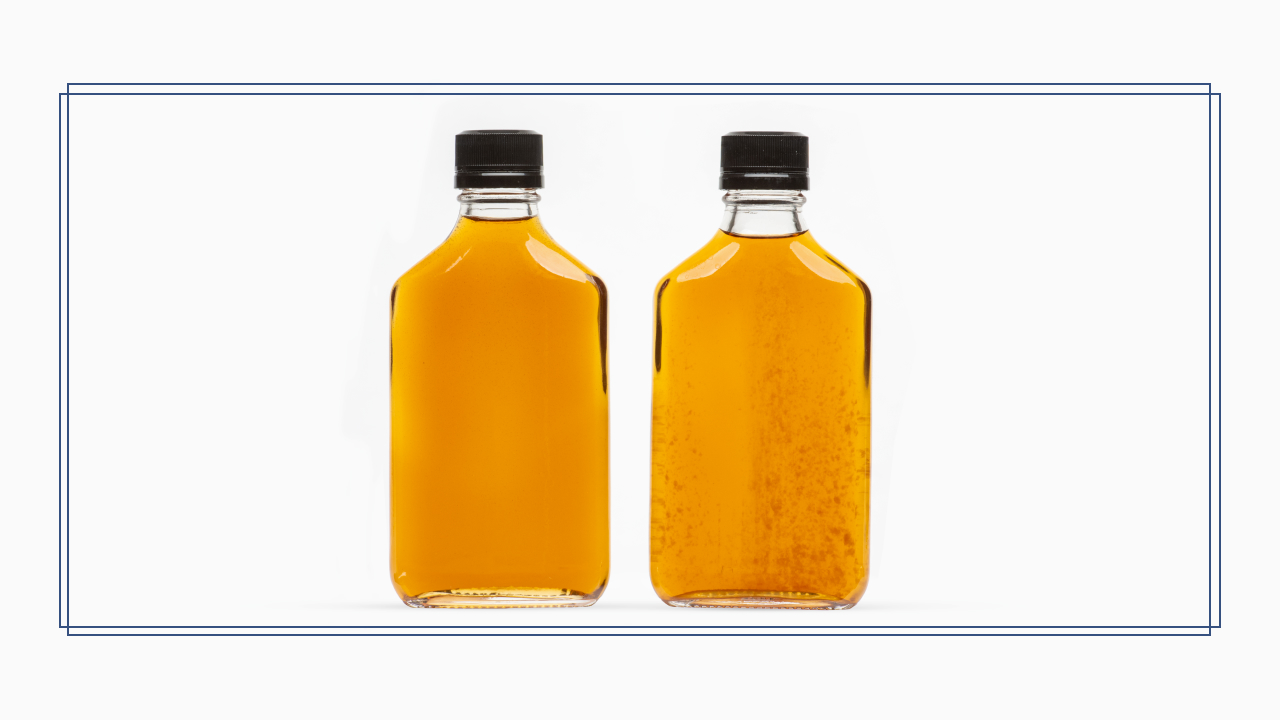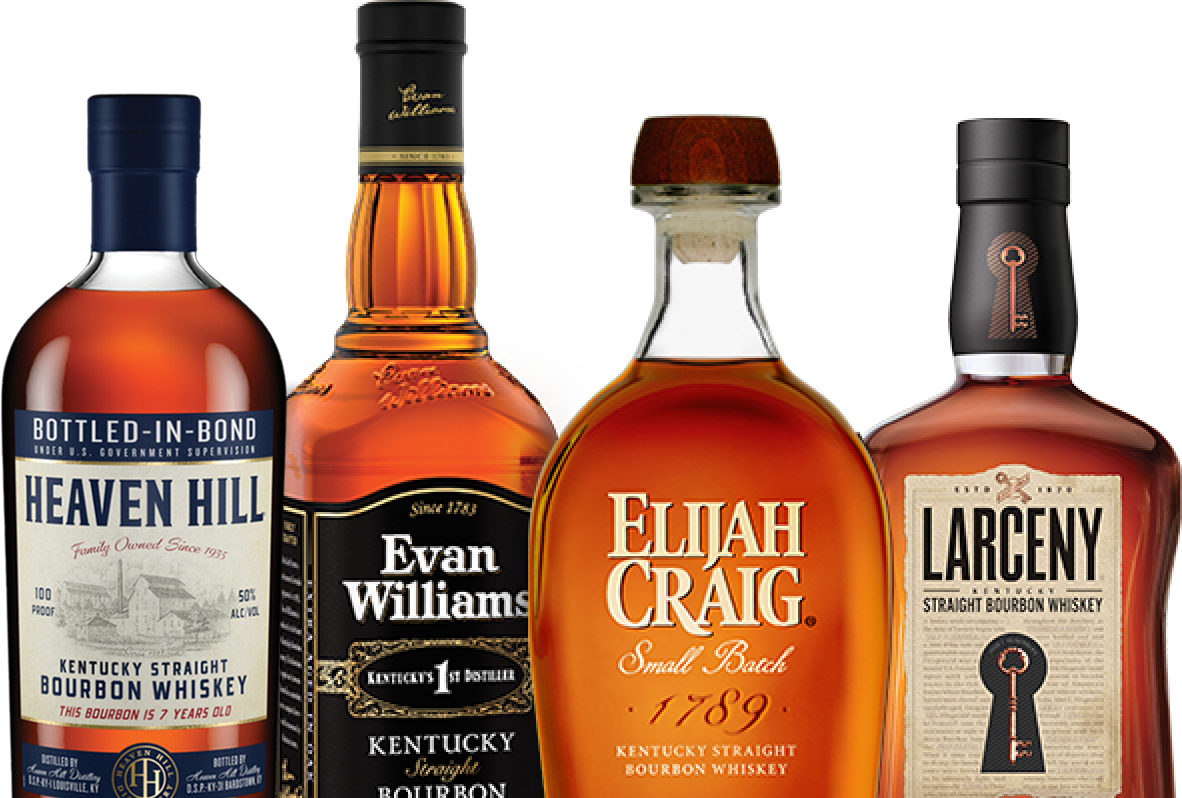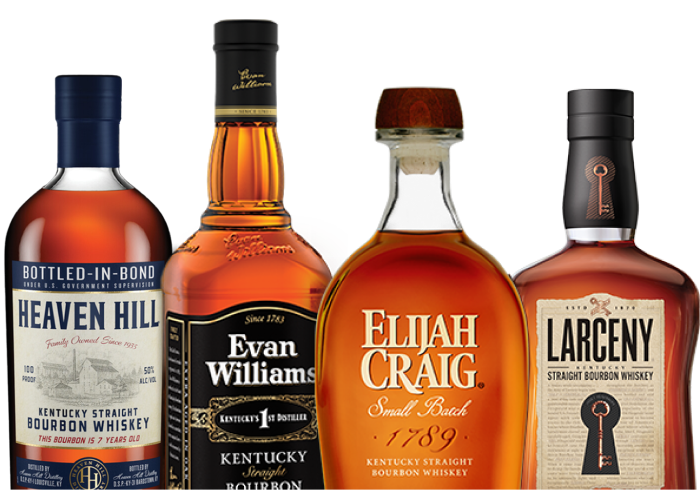In the whiskey world, chill filtration is the most common way barrel-aged spirits are made pristine en route to bottling. Yet while this important process is significant and has been around for centuries, most drinkers give it little to no thought.
But now, a growing number of consumers who understand chill filtration prefer some of their whiskeys be bottled without the process. They believe that avoiding chill filtration leaves a whiskey as close as possible to the liquid poured straight from the barrel, one with greater mouthfeel and flavor.
But are those claims true, and does “non-chill filtered” mean it’s a better whiskey? We asked some of our Heaven Hill Distillery experts for their professional insights.
CHILL FILTRATION 101
How many whiskey fans know that within their favorite pours are fatty acids, esters and proteins? If this is news to you, don’t be alarmed. These are harmless byproducts of distilling and aging that remain invisible in a whiskey—until it gets cold.
If you’ve ever left a bottle of whiskey in a car trunk on a cold winter night, chilled it in a refrigerator or poured it over ice and seen strange, opaque bits appear in the glass, you’ve experienced whiskey flock.
Think of “flock” like a flock of birds. It’s a group of something that’s gathered or clumped together. But in this case, flocking occurs when fatty acid, protein and ester molecules fall out of solution and connect in such numbers that they become visible in whiskey. When the whiskey warms, the flock disappears.
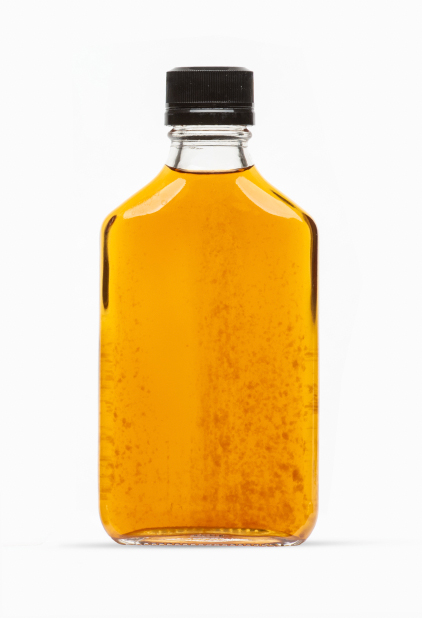
This bottle was chilled in a freezer in order to force the fatty acid, protein and ester molecules out of solution. As the bottle warmed, it returned to its original clarity.
Flocking also can happen when whiskey is proofed down at the distillery. Adding water can force those same molecules out of solution.
Although harmless, few drinkers want to witness this molecular hookup up in their bottles and glasses, and fortunately, chill filtration eliminates 99% of it. In this process, whiskey—sometimes from just one single barrel, other times from hundreds of barrels—is chilled in tanks to 28 degrees. As the sub-freezing temperature triggers flocking, it’s easier to remove those clingy molecules via filtration.
“Flocking can still happen even without chilling,” says Chris Briney, vice president of new product development and quality assurance at Heaven Hill Distillery. “Leave an open glass of whiskey out overnight, and it’ll look like muddy water in the morning because the alcohol evaporates into the air. That leaves behind the soluble fatty acids, esters and proteins that you can see.”
Russian vodka makers pioneered chill filtration in the 1400s by using ice to capture and freeze unwanted grain oils left behind in distilling. Modern chill filtration goes further by using micro-porous media such as paper, fabric and diatomaceous earth (ground fossilized remains of hard-shelled microalgae) to remove a multitude of invisible substances.
Once a batch of whiskey is chilled, it’s pumped under pressure through a series of plates and frames containing the filtration media, and then bottled.
“Years ago, we didn’t offer anything that was non-chill filtered, and still, most of what we bottle is chill filtered,” Briney says. “But now we produce some non-chill filtered whiskeys that reflect growing consumer demand.”
Interestingly, non-chill-filtered whiskeys rarely flock because fatty acids, proteins and esters stay in solution in high-proof whiskeys.
“Since a lot of those consumers drink their whiskey neat, or just with ice, they’ll never see it flock,” Briney says. “But you could put some whiskeys in a freezer and get it cold enough to see some of it.”
Briney says flocking takes many forms in the bottle from an overall haze to a thin layer of opaque sediment at the bottom.
“Sometimes it’s a little cloud in the center of the bottle,” he says. “It’s like a ghost floating in there.”
Across the aged whiskey spectrum, flocking usually begins at around 95 proof (45% ABV), which is why Elijah Craig Small Batch (94 proof), Larceny Small Batch Bourbon (92 proof) and Heaven Hill’s Bottled-in-Bond whiskeys are chill filtered.
WHY DO PEOPLE CARE ABOUT NON-CHILL FILTERED WHISKEY?
When our master taster, Tawnie Gootee, led bottling plant tours in the 1990s, guests were thrilled to taste Bourbon straight from the barrel “because they were getting to taste it in its natural state and non-chill filtered,” Gootee says. “But I had no idea that tasting it like this would become a preference. Now, non-chill filtered is where consumer passion is.”
Gootee says there was an adjustment after years of inspecting and approving only flock-free bottles to signing off on non-chill-filtered bottles.
“We’d get a complaint about a non-chill-filtered product, and I’d take it to Chris, and he’d assure me that (the flock) was supposed to be in there,” she says. “It can be surprising to see it in there, settled on the bottom. But you can usually just shake the bottle and it’ll disappear.”
TASTING A DIFFERENCE
By now you may be asking yourself, as the final two tasters in the quality assurance process, can Briney and Gootee taste the difference between a non-chill-filtered spirit and one that’s been chill-filtered?
“If you set up a blind test for me using the same liquid—one glass non-chilled, the other glass chilled—I would not bet on myself to tell you which one is which,” Briney says. “We all agree with the general perception that non-chill filtering leaves some things in the liquid. Those are things a certain customer wants, and we’re happy to provide that.”
Asked the same question, Gootee pauses and then says, “I don’t know if I could tell the difference blind. If you don’t know what you’re tasting, it’s hard to know whether it’s right, whether it’s the way it’s supposed to be.”
Briney says that deciding which whiskeys are chill filtered and which aren’t is a group effort at Heaven Hill Distillery. The team makes sure to keep the consumer in mind when making the call.
“There’s a line somewhere in the mind of a certain consumer that says a particular Bourbon should be non-chill filtered,” Briney says. “Our team views that as important and will add that to the list of other qualities such as being a small volume, limited release bourbon. A lot of factors come into play in our decision making. Non-chill filtration is only one of them.”


